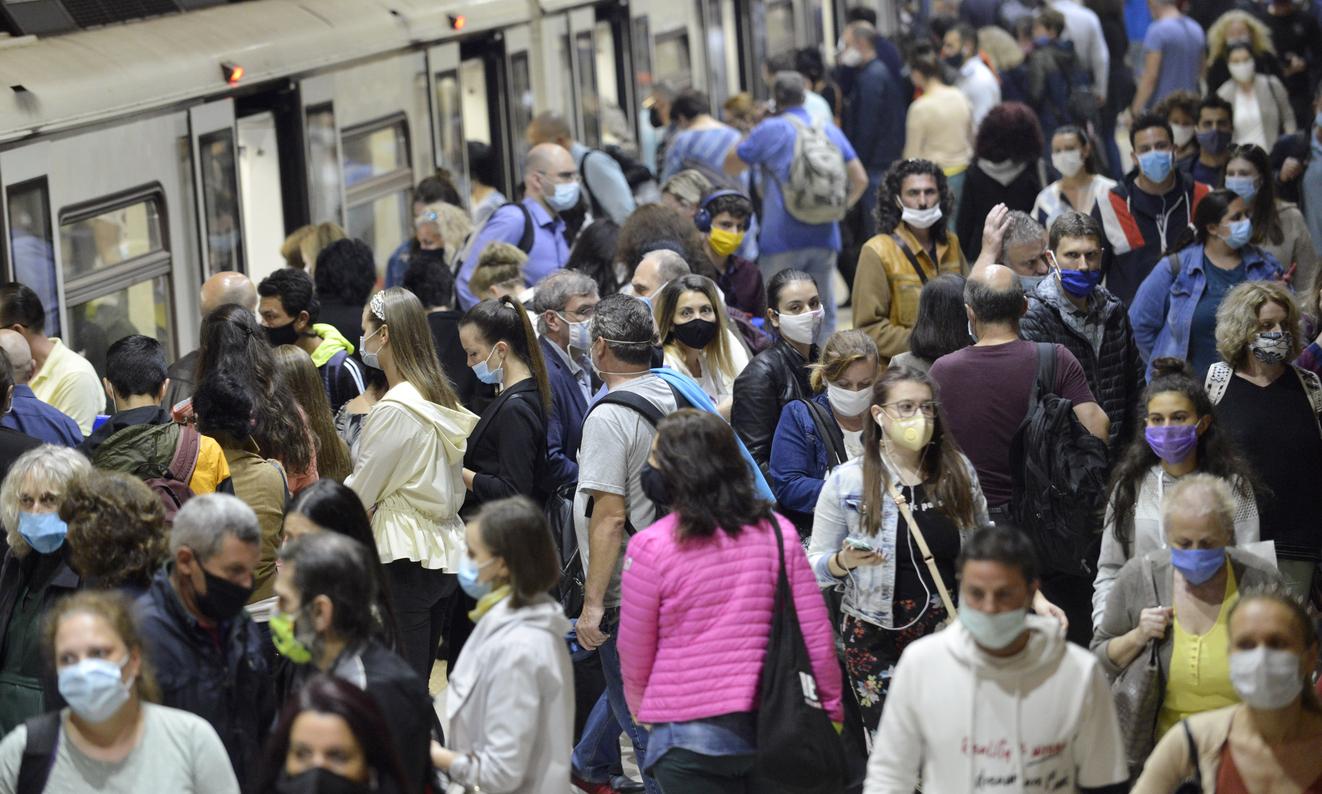Eight months after the first official death linked to a Covid-19 infection, the milestone of one million deaths worldwide has just been exceeded. The comparison of its lethality with other viruses, such as SARS in 2003, the H1N1 flu, Ebola or even the Spanish flu shows that it is one of the most virulent.

- The H1N1 flu or SARS caused far fewer deaths than the new coronavirus SARS-CoV-2.
- The Spanish flu caused 50 million deaths between 1918 and 1919, far more than Covid-19.
The threshold of one million deaths linked to the coronavirus has officially just been crossed, according to the count made by Agence France-Presse (AFP). A symbolic figure that attests to the violence of this virus. “A million is a terrible number”, deplores the director of emergencies of the World Health Organization (WHO), Michael Ryan, in a press conference. The first official death was recorded on January 11 in China. The balance sheet could increase heavily. Projections made by an Institute of American researchers funded by the Bill and Melinda Gates Foundation predict a threefold increase in the number of deaths by the 1er January 2021. The Director of Emergency Situations of the WHO estimated a doubling of the number of deaths “very probable”.
Not comparable with the first coronavirus
While it is still too early to assess the definitive assessment of the coronavirus compared to that of other past viruses, it is already possible to compare it to other viruses. The last pandemic that shook the planet was the H1N1 flu, or swine flu, which in 2009 officially killed 18,500 people. A figure below reality according to researchers who estimate, in a study published in The Lancet in 2012, between 151,700 and 575,400 people died from this flu. Be that as it may, the balance sheet is much lower than that, still provisional, of Covid-19 which is “10 times more [mortel] that the virus responsible for the 2009 influenza pandemic”, said Tedros Adhanom Ghebreyesus, the director of the WHO, during a press conference last April.
Another virus comparable to the new coronavirus SARS-Cov-2 is the first coronavirus, SARS-CoV-1, otherwise known as Sras for severe acute respiratory syndrome. It is the first serious and communicable disease to emerge this century. As with the novel coronavirus currently circulating, SARS originated in China at the end of 2002 before reaching the world the following year and creating a “global alert” triggered by the WHO on March 12, 2003. The comparison with the new coronavirus does not really go any further since only 8,000 cases have been reported worldwide, for a total of 774 deaths, far from the million current.
The Spanish flu, the deadliest
On the side of the most deadly epidemics, the new coronavirus SARS-CoV-2 can be compared to other viruses which have caused more deaths. There is in particular the Spanish flu, triggered between 1918 and 1919, which killed around 50 million people. The HIV-AIDS virus, which is still rife 50 years after its appearance, has already caused more than 33 million deaths. He is still waiting for his vaccine although treatments have been developed and allow the number of deaths to be reduced each year. Last year, according to UNAIDS, it caused 690,000 deaths against 1.7 million in 2004, the year of the peak. Hepatitis B and C viruses can also be mentioned since they kill more than a million people each year.
The Ebola virus, which continues to circulate, has a much higher mortality rate than Covid-19 but spreads much less easily than the latter. The fatality rate reaches 50% in people who are infected with the Ebola virus. If we do not know perfectly that of the new coronavirus, it is certain that it is much lower. However, unlike the coronavirus, Ebola is not transmitted by air but by direct and close contact, making it much less contagious than Covid-19.

.















